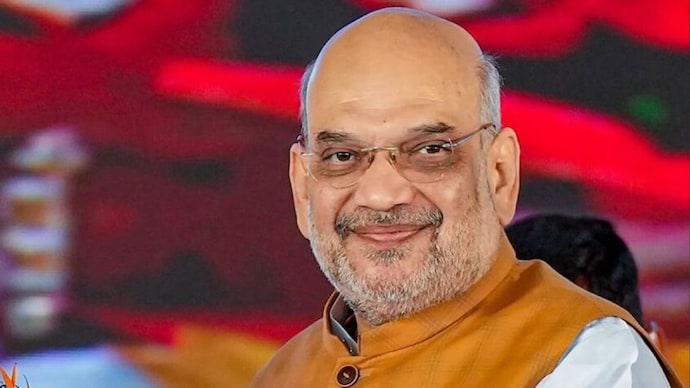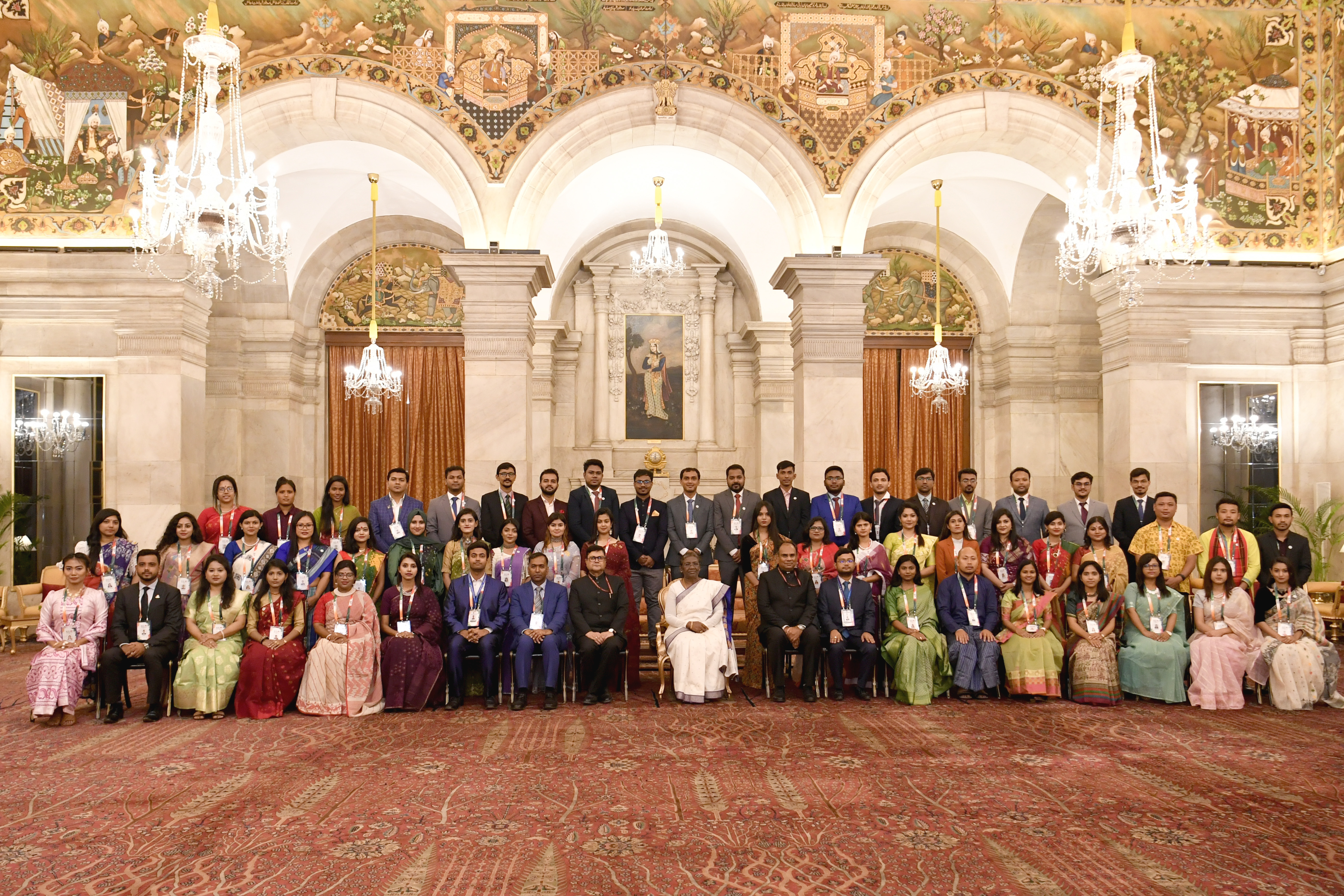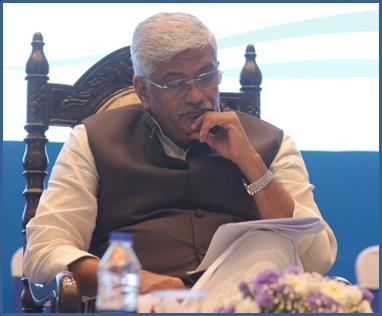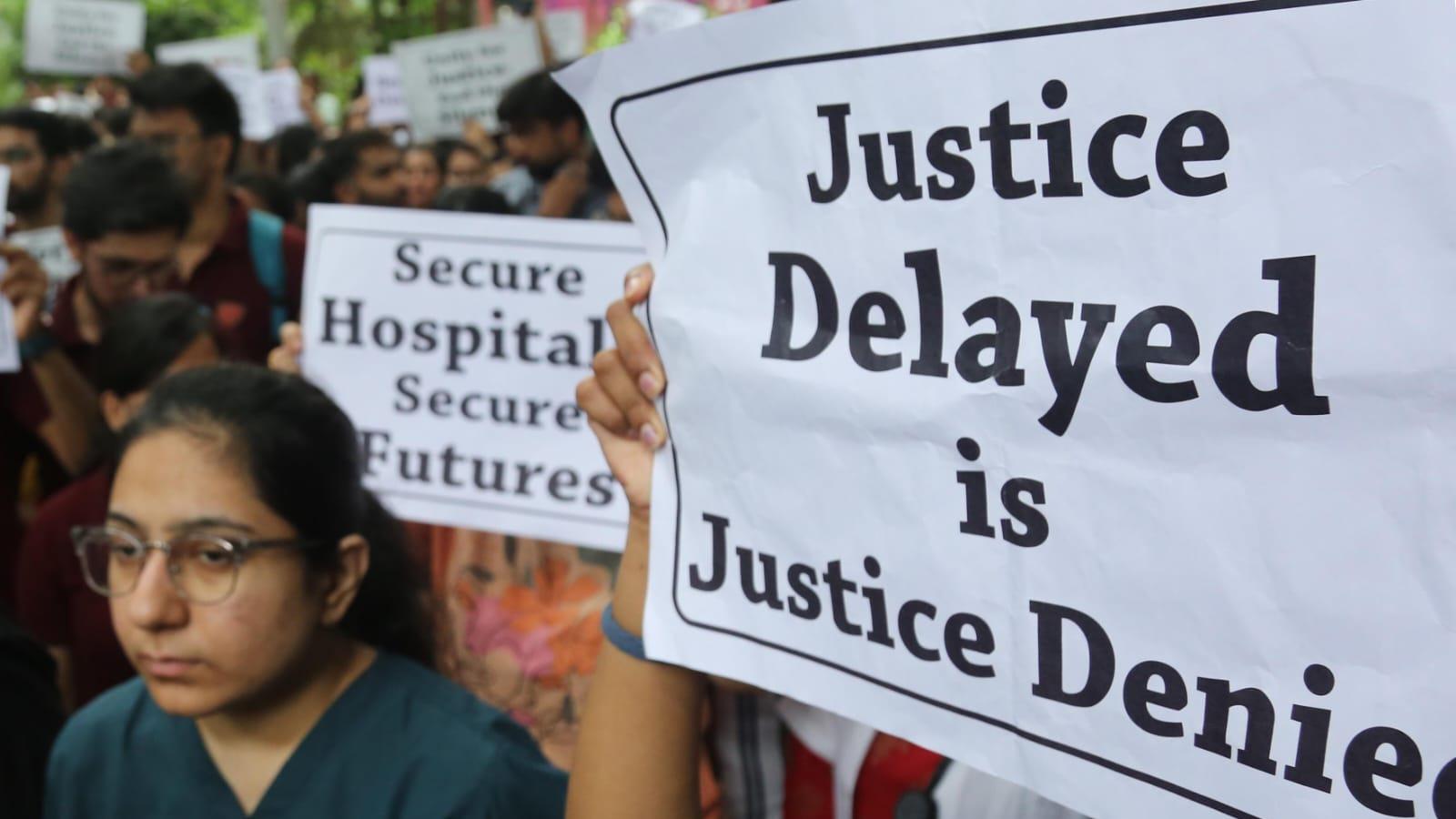
- Zero Casualty Approach: Under Prime Minister Narendra Modi’s leadership, India’s disaster management aims for a ‘Zero Casualty Approach.’
- Flood Monitoring: The Home Minister emphasized that flood monitoring centers of the Central Water Commission (CWC) should meet international standards and align with India’s requirements.
- Northeast Ponds: Construction of at least 50 large ponds in the Northeast to divert Brahmaputra River water, aiding in flood management, agriculture, irrigation, and tourism.
- Forecast System Upgrade: Efforts to improve river water level forecast systems for better flood management were discussed.
- Natural Drainage: Inclusion of natural drainage systems in road construction designs to prevent road inundation during floods.
- Study on Sikkim and Manipur Floods: The National Disaster Management Authority (NDMA) and the Ministry of Jal Shakti were instructed to conduct a detailed study on floods in Sikkim and Manipur and report to the Ministry of Home Affairs (MHA).
- Forest Fire Prevention: Emphasis on regular creation of fire lines, removal of dry leaves, and conducting mock drills with locals and forest personnel to prevent forest fires.
- Integration of Warning Systems: Stress on integrating weather, rainfall, and flood warning apps from various departments for better public dissemination.
During the meeting, long-term measures for a comprehensive flood management policy were also reviewed. Action taken on decisions from last year’s meeting, new technologies adopted by various agencies, and expansion of networks for flood management were discussed. Preparations for dealing with Glacial Lake Outburst Flood (GLOF) and the use of satellite imagery from ISRO for flood and water management were also covered.
Shri Shah appealed to all States and Union Territories to implement NDMA advisories on flood management promptly. He directed the India Meteorological Department (IMD) and CWC to recalibrate all flood forecast equipment urgently. Additionally, he instructed that the floodgates of all major dams be maintained in good condition.
Shri Shah highlighted that non-perennial rivers are more prone to soil erosion and siltation, leading to floods. He stressed upgrading river water level forecast systems and integrating natural drainage systems in road construction designs.
The Home Minister also directed the NDMA and the Ministry of Environment, Forest and Climate Change (MoEFCC) to prevent forest fires by creating fire lines, removing dry leaves, and conducting mock drills with locals and forest personnel. He called for an analysis of repeated forest fire incidents at the same locations and the preparation of a detailed manual to address forest fires.
The IMD was instructed to ensure timely dissemination of lightning strike alerts via SMS, TV, FM radio, and other media. Shri Shah emphasized the integration of various weather, rainfall, and flood warning apps to benefit the targeted population. He stressed the importance of community awareness programs, as the community is the first responder during any disaster, including floods.
Presentations were made by the IMD, CWC, NDRF, and NDMA during the meeting. They reported on actions taken following last year’s flood review meeting and their preparedness for the current monsoon season.




